If you have children, you will want to think through how you are going to handle these topics of pantry building and emergency preparedness with them. This is especially true if doing things like this is a big departure from what is normal in your home and/or you have children prone to anxiety about the unknown.
That said, I do think there are a number of ways to incorporate these topics into your everyday parenting and learning. Below I’ve listed four suggestions which include talking about changes with your children, making a game of it with your children, making it part of your homeschooling, and reading survival and preparedness books with your children.
Talking About Changes With Your Children
Explaining a pantry to children is easy. You build up a pantry so you don’t have to go to the store as often and so you don’t forget to have the things your family likes right there in the house. Or you can say that you learned some new tricks about shopping and saving money so you are buying more of some things at certain times to do so.
If your children are a little older and/or more prone to anxiously asking the reason for everything, then you will want to have a solid answer before you start stashing water and such. My philosophy is you give a child an honest answer, but only the information that is absolutely necessary. For example, an explanation of water might be something like:
“A friend mentioned that they lost their water for three days when their water main broke. I thought about what a pain that would be if it happened to us so I decided to buy some water and keep it on hand just in case.”
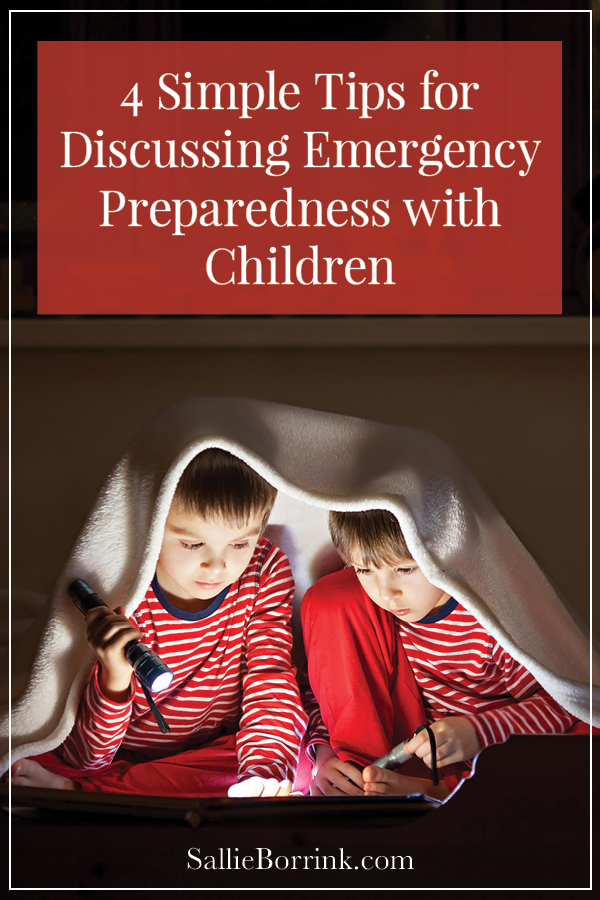
This is completely true (because our water main did break) and enough to satisfy most kids as long as you deliver it in a matter of fact way.
I really do think this is key: Being matter of fact. If you deliver the information in the same way you would inform them that you bought hot dogs or grandma called, most kids won’t think twice about it. It’s when they can read uncertainty in your eyes or you give an evasive answer that they wonder what you are hiding.
When you get to the point of expanding your pantry and venturing into more preparedness, then you might have to rethink how to approach it. I’ll suggest two ideas in the next steps.
Make It A Game With Your Kids
I’ve found that often the best approach is simply to make a game of something. Kids like games. Little ones won’t really be able to grasp the big picture, but will find it fun to “help” you organize your pantry supplies and such. Kids who are a little older can help you clean out your pantry, make a master pantry list, organize it, etc.
There are lots of different ways to make play out of pantry building and preparedness with younger children.
- Talk about it being like a savings account because you save money when you buy things when they’re on sale.
- Compare it to having a stocked up pantry like Laura Ingalls in Little House in the Big Woods or other pioneers your child may have learned about from books or movies.
- Discuss how grandparents and great-grandparents stocked a pantry when they grew their own food, canned, hunted, etc.
Whatever works with your kids, make it fun.
The government also has a section on their Ready.gov site just for kids called Ready Kids. There is quite a bit there for all ages including a downloadable disaster preparedness activity book for younger children called Prepare with Pedro. (Pedro is a cute penguin!)
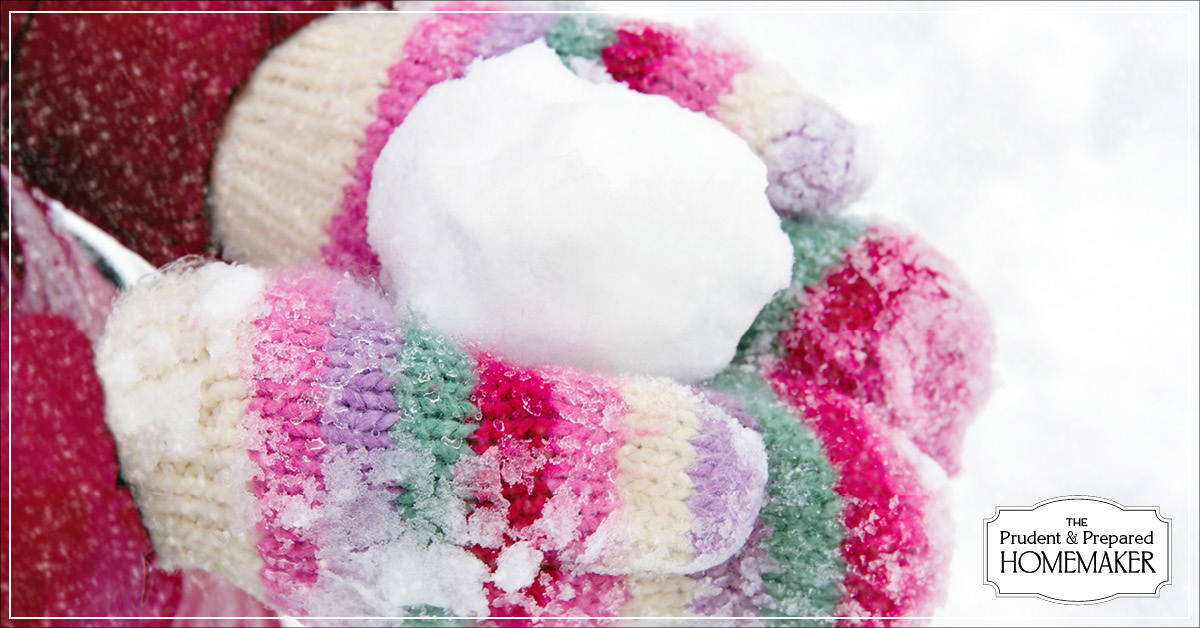
Make Preparedness A Part Of Homeschooling
If you are a homeschooler, then you have an easy way to work this into your interactions with your children. There is so much from history that includes filling a pantry, living through difficult times, etc. As long as your children aren’t overly anxious, it makes a great study with natural ways to discuss it relative to your life today.
There are many read alouds that talk about storing food in the past. It could open up an interesting discussion about why those people stored food and what your family could learn from them. Farmer Boy by Laura Ingalls Wilder in exceptionally good in detailing the work that goes into planting, growing, harvesting, and storing food as well as caring for livestock.
You can add in home economics, math, cooking, etc. as part of your pantry expansion.
If you have a child who loves to organize, enlist his/her help.
There are also many classic chapter books and read alouds that discuss topics such as prepping and surviving difficult times. While some children might find them upsetting, others will eat them up and want to explore the topic in depth. I put together a collection of possible books below. I haven’t read them all, but they come highly recommended by many parents.
I’ve also created a downloadable printable you can use to brainstorm ways to integrate pantry building and preparedness into your homeschooling. You can find that in The Prudent and Prepared Homemaker..
Survival and Preparedness Books For Kids
I confess that survival books were never my cup of tea when I was a kid or young adult. Although I’ve seen these titles for years, I have not read most of them and never found myself in a teaching position where they were part of the curriculum.
I do know that most of these are widely read and taught. As always, preview each book to make sure it aligns with your family standards and values.
Survival Books for Children – Read Alouds or Independent Reading
- Call It Courage by Armstrong Sperry
- Hatchet by Gary Paulsen
- Island of the Blue Dolphins by Scott O’Dell
- Julie of the Wolves by Jean Craighead George
- My Side of the Mountain by Jean Craighead George
- Robinson Crusoe by Daniel Dafoe
- Stranded on Terror Island by Lee Roddy
- The Incredible Journey by Sheila Burnford
- The Long Winter by Laura Ingalls Wilder
- The Sign of the Beaver by Elizabeth George Speare
- The Swiss Family Robinson by Johann David Wyss
Skills Books
- Willy Whitefeather’s Outdoor Survival Handbook for Kids
- The Dangerous Book for Boys by Hal Iggulden
- The Boys Book of Survival
- Survivor Kid: A Practical Guide to Wilderness Survival
Picture Books
- Prepper Pete Prepares: An Introduction to Prepping for Kids by Kermit Jones, Jr.
- Snook Alone by Marilyn Nelson
- Arrowhawk by Lola Schaefer
- Jake & Miller’s Big Adventure: A Prepper’s Book for Kids by Bernie Carr
If you can recommend other books for this list, please do! I will add them to the original lists so people can easily find them.
So there are four effective ways to approach pantry building and emergency preparedness with your children. If you have more ideas, please share them in the comments to other parents can benefit from your insight.
The Prudent & Prepared Homemaker
Read All of the Posts in the Series
3 Reasons To Become A Prudent & Prepared Homemaker
5 Reasons To Keep Written Pantry & Emergency Notes
4 Must-Know Tips About Stocking a Pantry
3 Tips for Building Your Pantry
7 Places To Find Extra Money For Stocking Your Pantry
3 Reasons Most “First Things to Buy” Prepper Lists Are Worthless
4 Tips to Deal with Emergency Anxiety
4 Facts About Preparing For Emergencies
3 Unusual Tips For Emergency Preparedness
11 Ways To Prepare Your Home For A Storm
4 Important Tips About Safe Water
4 Types of People Who Should Buy a 14-Day Emergency Food Supply Pack
4 Tips For Discussing Emergency Preparedness With Children
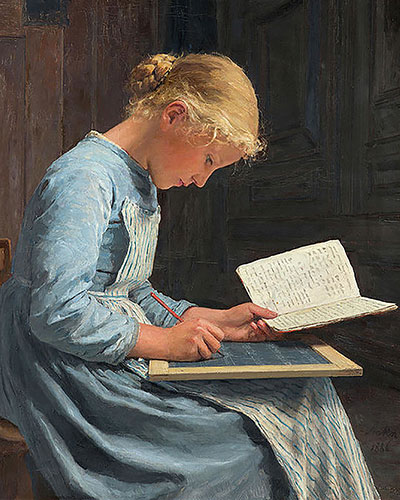

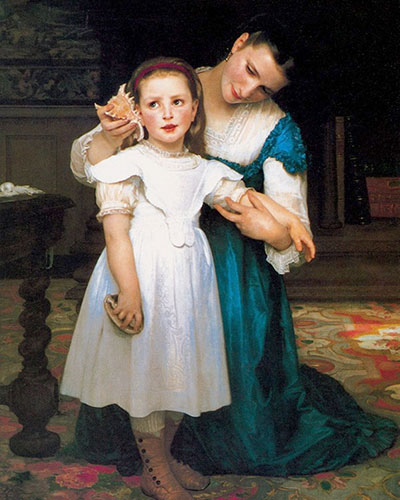

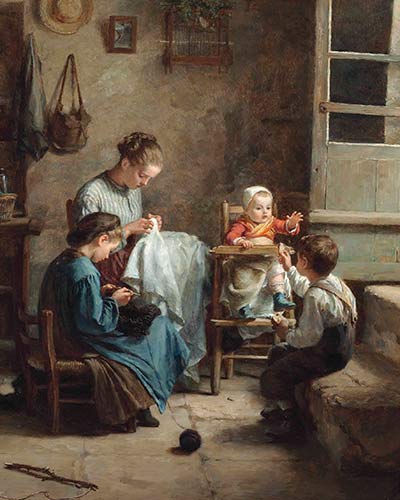
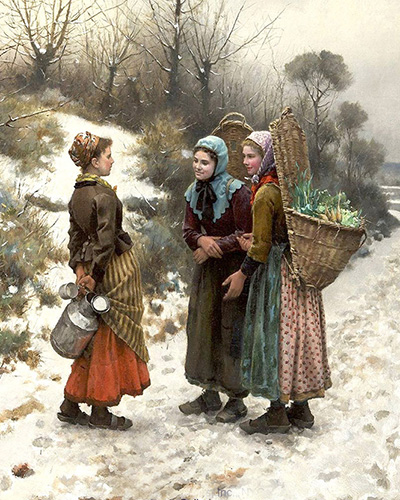

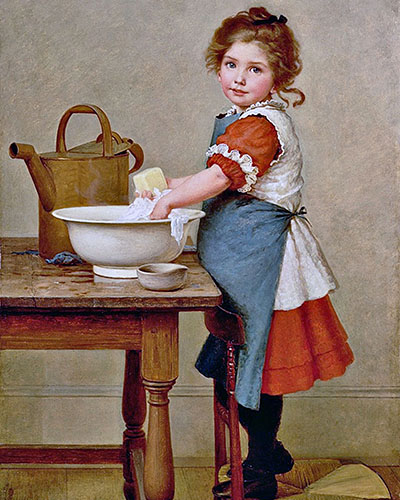

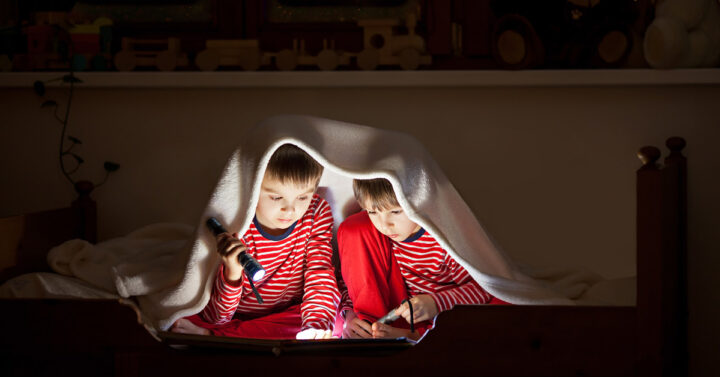
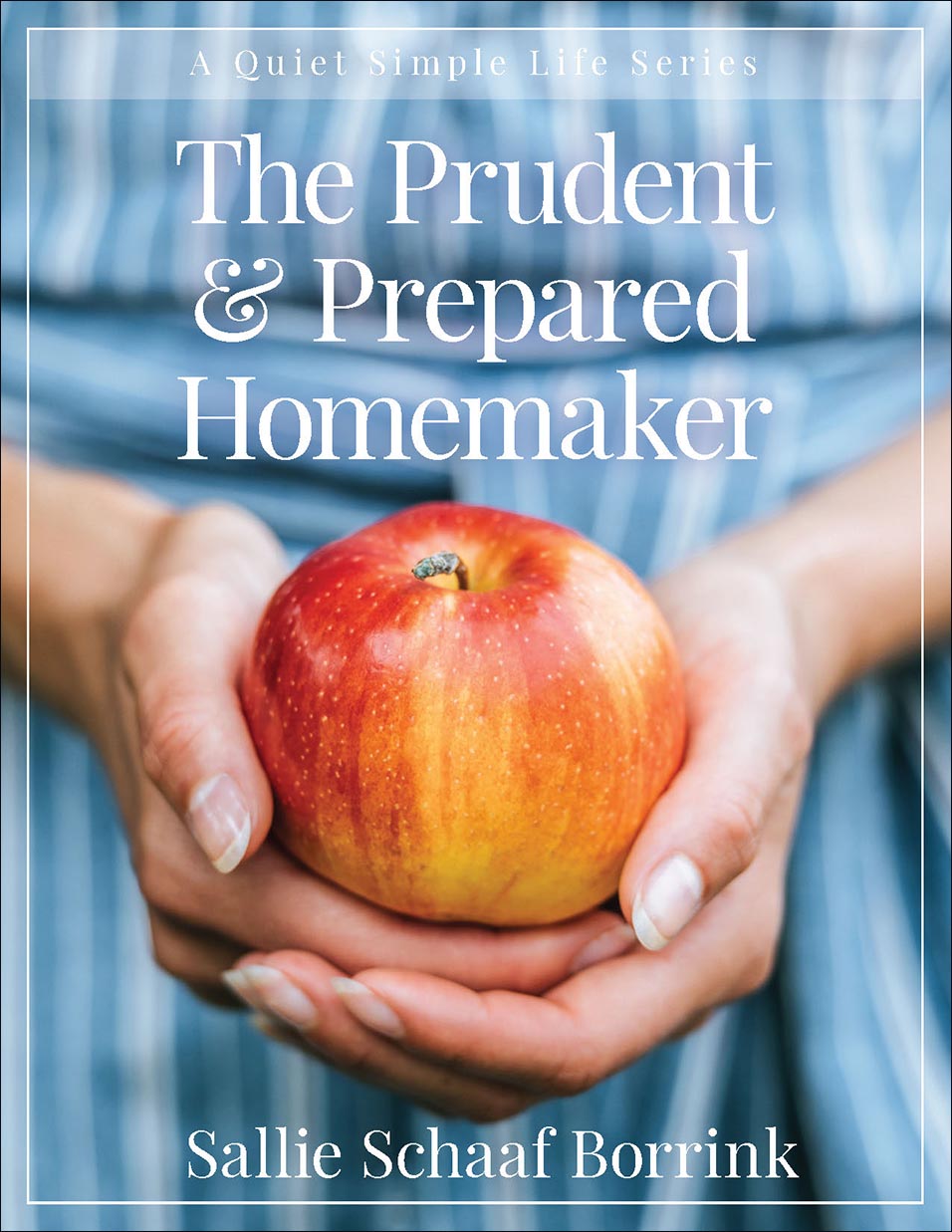






Leave a Reply